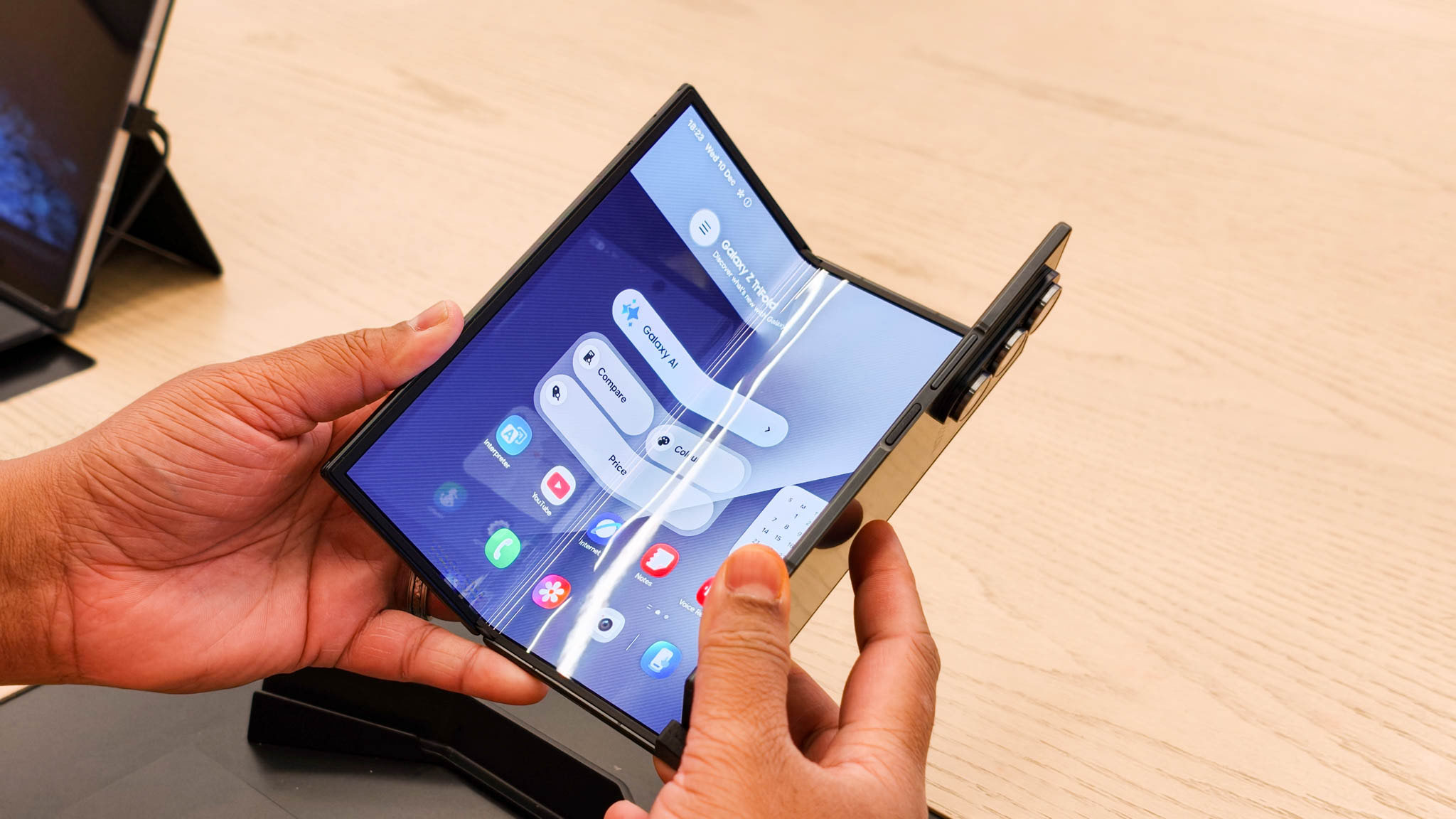I switched from my iPhone to a Pixel after 12 years, you should too
Switching to the Pixel 9 Pro from the iPhone 15 has been an incredibly seamless experience.
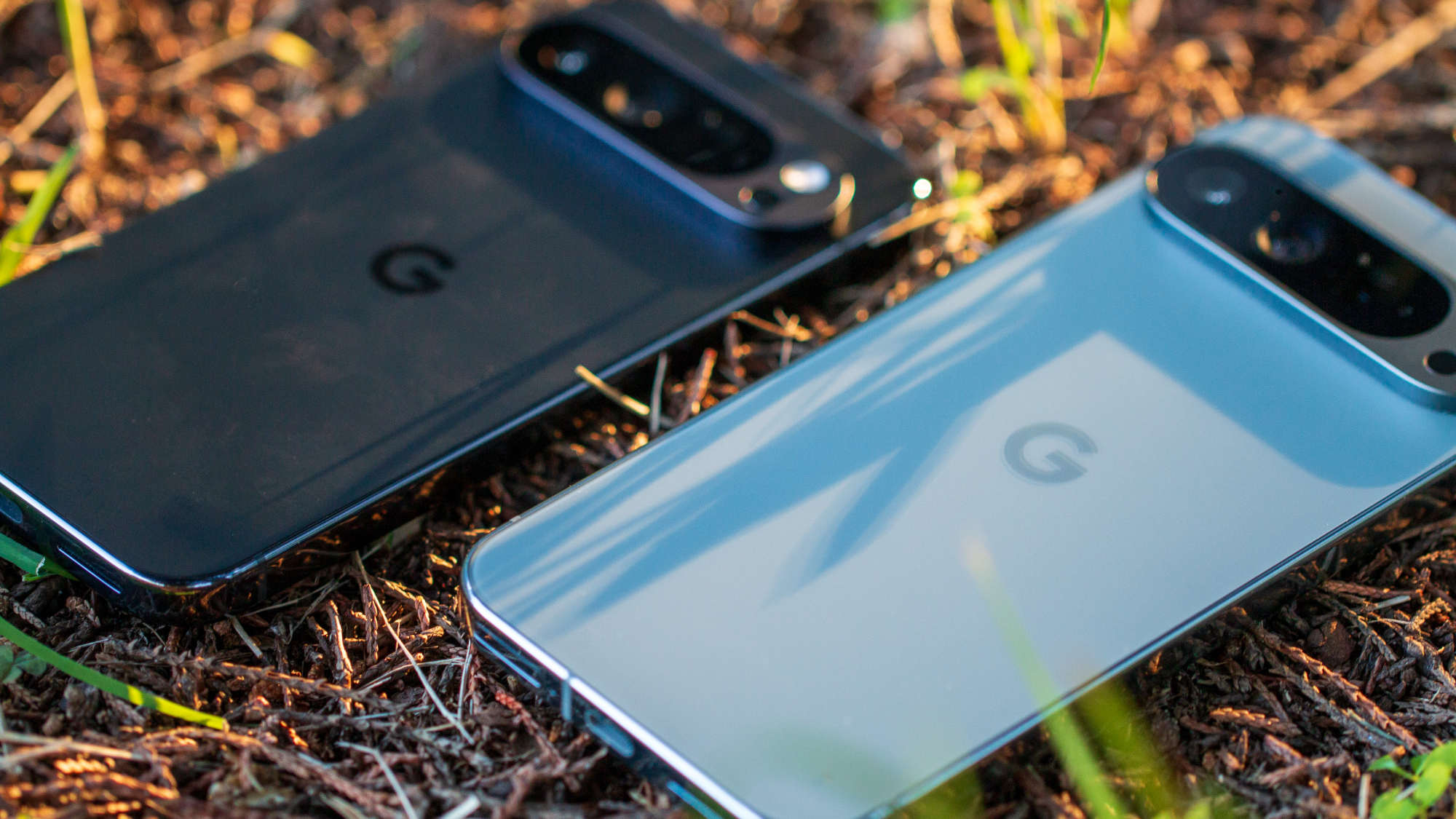
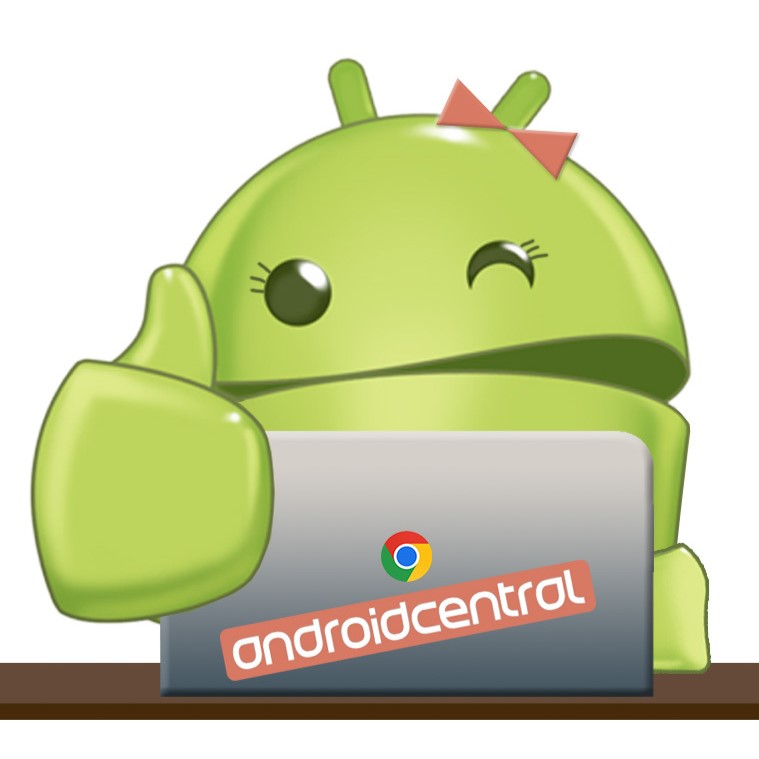
Off the Record is a weekly column written by Android Central's editor-in-chief. The column looks to expand and go in-depth on topics in the Android space without any limitations.
I’ve been using an iPhone for over 12 years and recently switched to a Pixel 9 Pro. I finally feel like Google has figured it out, and here’s why I think switching to an Android device has never been so easy, seamless, and exciting.
Now, I know you’re going to try to chastise me and say, “How come the EIC of Android Central uses an iPhone as her primary device?” I’ve heard it all before, and if you want to read about my thoughts on that, you can do so here.
As a journalist and the EIC of any tech publication, it’s essential to know about all phones. That means understanding both operating systems and what both sides of the argument have to offer.
Up until Google’s Pixel 9 series of devices, I’ve always felt that Google lacked... something. It just never clicked for me. I felt like the phones weren’t ready for me to switch over to. Frankly, none of the other Android brands have ever appealed to me to switch over permanently. I think it also was that perhaps Apple didn’t make it easy to switch over to.
This all changed when Google launched its new devices with a new processor, better cameras, and more seamless AI integration. It also helped that the iPhone 16 did not excite me when it was announced. That said, I have yet to test out my iPhone 16, so perhaps that opinion might change.
Should you really care about blue and green bubbles?

One of the major considerations I had before switching was asking how much I really care about blue bubbles, and the answer to that is not at all. The only person I actually used iMessage with was my husband, and it would usually be to remind him to get something from the grocery store.
I typically use every other messaging platform other than iMessage, so when thinking about this topic, it really wasn't a major issue.
Get the latest news from Android Central, your trusted companion in the world of Android
That being said, you should think deeply about why it matters if you’re on iMessage or not. Is it an ego thing? Do you think you’ll be shunned and, in turn, have your pride hurt? For those of you who use iMessage, does it matter to you if someone else doesn’t? Because if that’s the case, I think it’s time to consider an alternative thought process.
All About Cookies, an informational website that provides tips, advice, and recommendations to help you with online privacy and digital security, published a really interesting survey of 1,000 people and their thoughts on blue vs. green bubbles.
Seventy-eight percent of iPhone users said they did not think less of people if they had a green bubble when they texted them. Furthermore, 42% of iPhone users rely on other third-party apps like WhatsApp. Not to mention, now that iPhones support RCS, messaging with Android users has never been better.
A robust smart home ecosystem
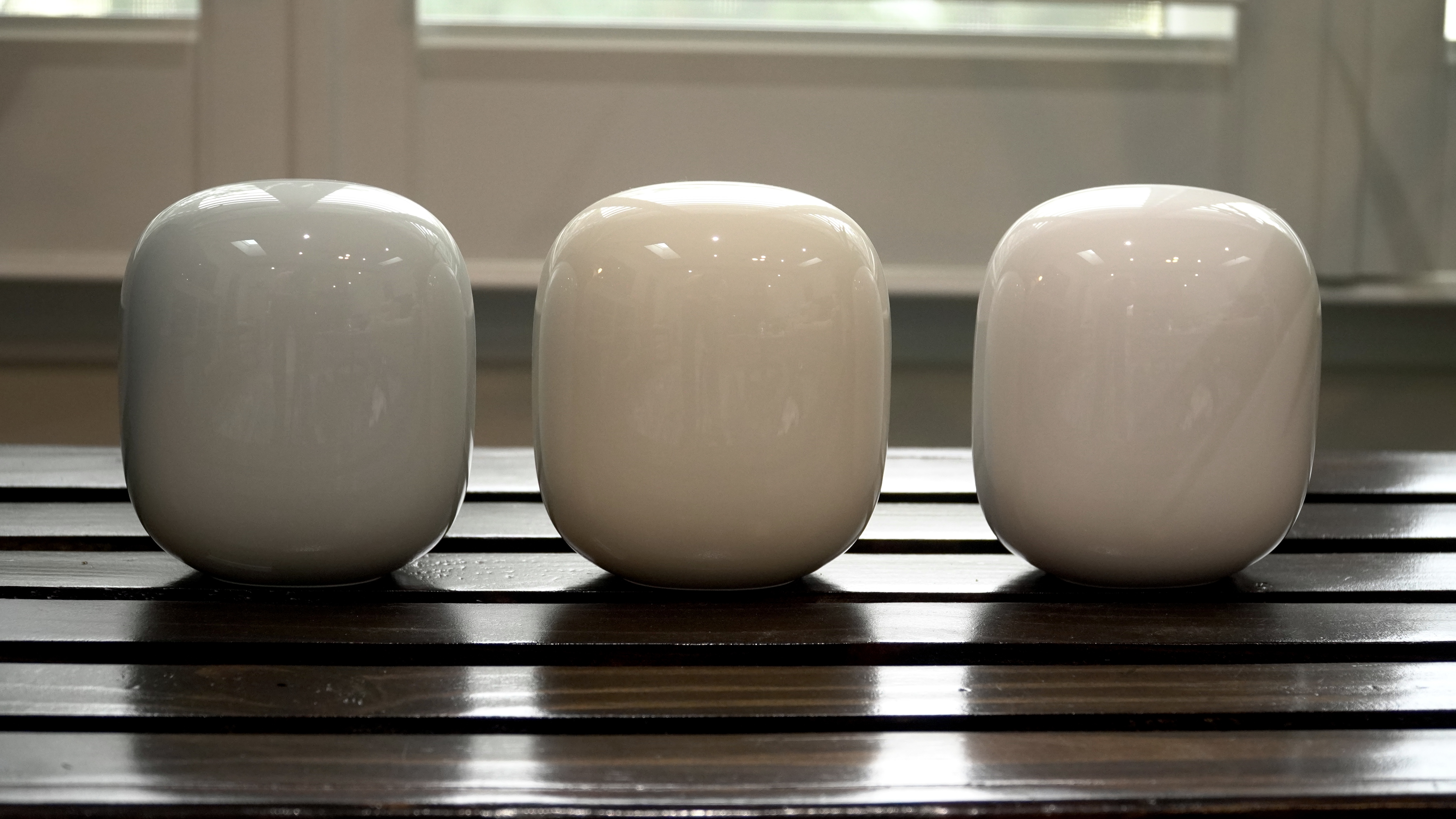
While the blue bubble was something I thought about, one of the main considerations I had in switching over was Google’s robust smart home ecosystem.
My home currently has the Google Wifi AC1200 Mesh Wi-Fi System. I also have the Google Nest Doorbell and the Nest Thermostat, and we have a bunch of Nest speakers around the house.
While my iPhone 15 did have easy access to Google Home, it just made sense for me to switch to a Pixel for that seamless connectivity.
I think Google got it right with its smart home products and newer phones, which is a pretty stark contrast to Apple’s pretty barebones selection of first-party smart home devices. Google’s products look like a cohesive collection of devices. You can have them all the same color or mix and match. But everything looks beautiful, and it was just exciting to have everything be Google in my home.
I was basically halfway there, and my smart home setup pushed me to fill the gap by switching over.
The iPhone 15 is a gateway phone
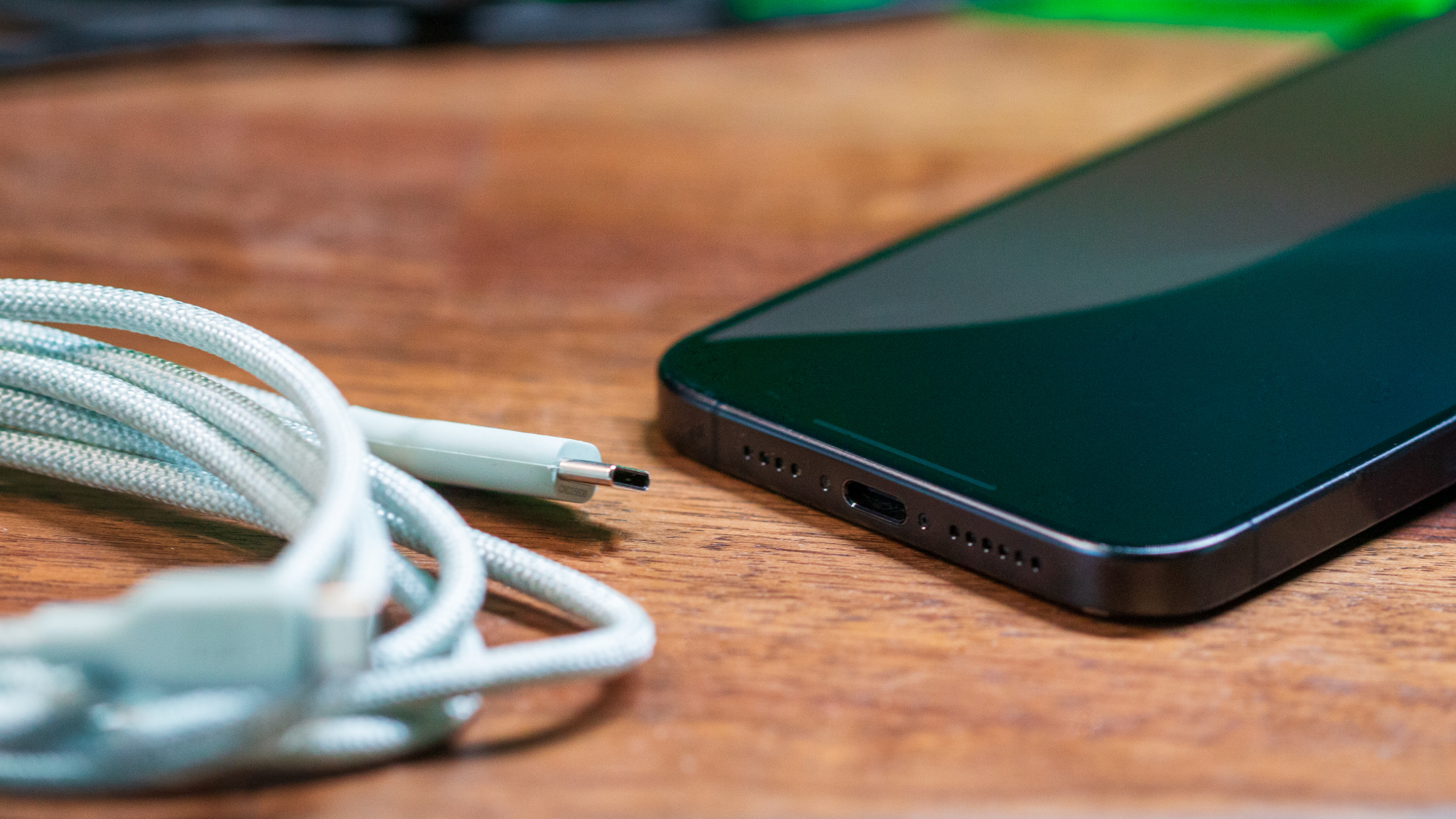
Of course, the iPhone is a completely different phone from the Pixel. However, I noticed that I did not struggle as much with switching to an Android device for several reasons.
I think the first main thing I will note is that, to me, Google’s Pixel is the iPhone of the Android ecosystem. It’s the phone that has the least amount of bloatware, comes with the entire Google Workspace suite (which I already used), and is simple to use.
More importantly, because the iPhone now has USB-C, it was way easier not to worry about buying new cables; everything in my home was already USB-C. Android Central's managing editor Derrek Lee pointed this out when the iPhone 15 first launched, noting how it was a smart move that could make it easier to get Android users to switch. I just took that and went in the opposite direction.
While some people might complain that MagSafe isn’t on a Pixel, I never used it on my iPhone and never found it that exciting, so, like iMessage, it’s just another thing I won’t miss.
Google sets the standard for phones with AI
Google got it right with its new Gemini features on the Pixel 9 series, many of which are already available on the Pixel 8 series. Google has had two years to enhance Gemini, while Apple is still developing Apple AI. In fact, the iPhone 16 didn’t even come with any of the announced Apple Intelligence features at launch.
I’m not going to sit here and rag on Apple because I will always be a big Apple fan. I still use a MacBook, and I plan on using an iPhone 16, especially to test out its AI features.
I also plan to go a little bit more indepth with some of the app features I have enjoyed and camera features on the Pixel later on. But I have to say, using my Pixel has been one of the best experiences I have had and I have truly been enjoying it.
And if you're considering doing the same, you should definitely try it out.

The phone you should buy
The Google Pixel 9 Pro sets the standard for flagship phones, especially when it comes to camera quality and AI. Google's Tensor chip enables fun and impressive on-device features with aplomb, while bringing great battery life.
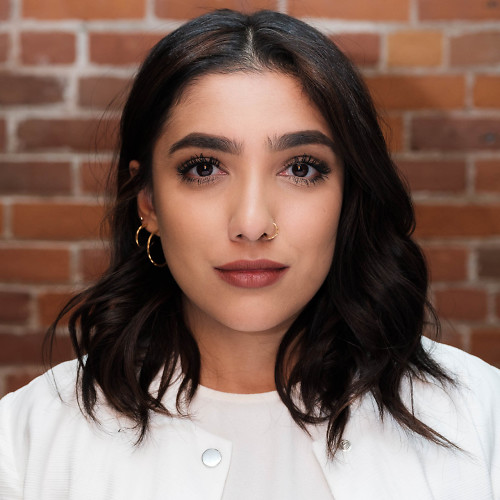
Shruti Shekar is Android Central's Editor-in-Chief. She was born in India, brought up in Singapore, but now lives in Toronto. She started her journalism career as a political reporter in Ottawa, Canada's capital, and then made her foray into tech journalism at MobileSyrup and most recently at Yahoo Finance Canada. When work isn't on her mind, she loves working out, reading, watching the Raptors, and planning what she's going to eat the next day.
You must confirm your public display name before commenting
Please logout and then login again, you will then be prompted to enter your display name.
